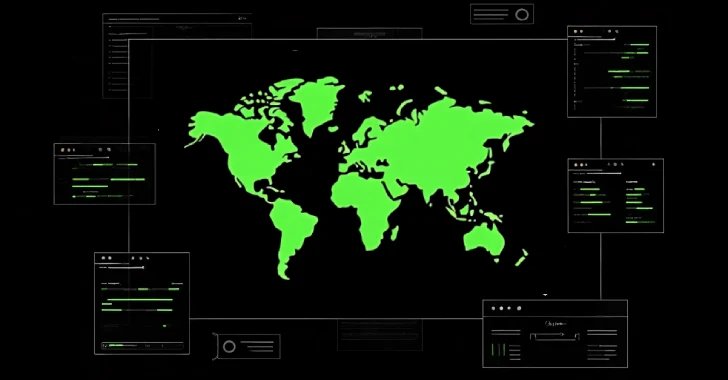Essential Insights
-
Target: The Russia-aligned threat actor TAG-110 is engaged in a spear-phishing campaign directed at Tajikistan’s government and educational institutions using macro-enabled Word documents for initial access.
-
Evolution of Tactics: Unlike previous campaigns utilizing an HTA loader called HATVIBE, TAG-110 is now deploying macro-enabled Word templates that ensure persistence by placing files in the Microsoft Word startup folder.
-
Objective: These cyber espionage operations likely aim to gather intelligence to influence regional politics or security, especially during sensitive events like elections.
- Threat History: TAG-110, also known as UAC-0063, has a history of targeting public sector entities across Central Asia and Europe and is associated with various sophisticated malware strains linked to prior espionage activities.
Problem Explained
In a recent cybersecurity alert, threat intelligence firm Recorded Future highlighted the emergence of a spear-phishing campaign orchestrated by the Russia-aligned group TAG-110, specifically targeting organizations within Tajikistan. This campaign marks a significant shift in tactics; previously reliant on HTML Application (HTA) loaders, TAG-110 has now adopted the use of macro-enabled Word templates as its entry vector. This evolution in strategy underscores the group’s historical focus on infiltrating public sector entities in Central Asia, with the potential goal of gathering intelligence to sway regional political dynamics, especially during tumultuous periods like elections.
The initiative, which began in January 2025, involves the dissemination of government-themed documents crafted to entice unwitting recipients. Embedded within these documents is a Visual Basic for Applications (VBA) macro designed to establish persistence by placing a template in the Microsoft Word startup folder, thereby initiating contact with command-and-control servers. While the exact nature of subsequent payloads remains undetermined, the historical patterns associated with TAG-110 suggest that successful breaches may lead to the deployment of sophisticated malware, including iterations of previously documented strains used for cyber espionage. The analysis of this campaign, reported by Recorded Future’s Insikt Group, emphasizes the ongoing sophistication and adaptability of state-aligned cyber threats.
Security Implications
The recent spear-phishing campaign orchestrated by the Russia-aligned threat actor TAG-110, targeting Tajikistan’s governmental and educational institutions, poses significant risks not only to the immediate victims but also to an interconnected web of businesses, users, and organizations globally. If these entities become collateral damage in a cyber-espionage operation, they face potential data breaches, operational disruptions, and loss of trust, leading to diminished customer confidence and reputational damage. A compromised organization may inadvertently serve as a conduit for further attacks, propagating the threat across supply chains and compromising sensitive data or intellectual property. Consequently, the contagion effect of such cyber incidents can impair crucial alliances and data-sharing agreements while fostering an environment of heightened vulnerability, prompting organizations to re-evaluate their cybersecurity protocols and collaborative frameworks to mitigate both direct and indirect fallout from such malevolent actions.
Possible Actions
Timely remediation is crucial in the face of cyber threats, especially when state-sponsored actors like Russia-linked hackers exploit vulnerabilities in government systems through malicious software.
Mitigation Steps
- Urgent Patching
Regularly update software to close known vulnerabilities. - User Education
Conduct training sessions to raise awareness about phishing and malicious documents. - Endpoint Security
Implement robust antivirus and anti-malware solutions across all devices. - Network Monitoring
Employ real-time monitoring to detect unusual activities or intrusions. - Incident Response Plan
Develop and regularly update a response protocol for potential breaches. - Data Backup
Ensure frequent backups of critical data to recover from damage or loss. - Access Controls
Limit user permissions to reduce the attack surface.
NIST Guidance
The NIST Cybersecurity Framework (CSF) emphasizes the necessity of identifying, protecting, detecting, responding to, and recovering from cyber threats. Specific guidance relevant to this issue can be found in NIST Special Publication 800-53, which outlines security and privacy controls for federal information systems.
Stay Ahead in Cybersecurity
Explore career growth and education via Careers & Learning, or dive into Compliance essentials.
Explore engineering-led approaches to digital security at IEEE Cybersecurity.
Disclaimer: The information provided may not always be accurate or up to date. Please do your own research, as the cybersecurity landscape evolves rapidly. Intended for secondary references purposes only.
Cyberattacks-V1

